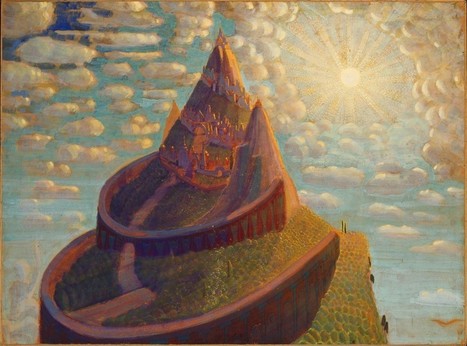This may not seem like anything special, Vonnegut says—his actual words are, “it certainly looks like trash”—until he notices another well known story that shares this shape. “Those steps at the beginning look like the creation myth of virtually every society on earth. And then I saw that the stroke of midnight looked exactly like the unique creation myth in the Old Testament.” Cinderella’s curfew was, if you look at it on Vonnegut’s chart, a mirror-image downfall to Adam and Eve’s ejection from the Garden of Eden. “And then I saw the rise to bliss at the end was identical with the expectation of redemption as expressed in primitive Christianity. The tales were identical.”
Vonnegut, in his ever charming way, was quite pleased with himself for making this connection. And 35 years later, his idea had resonated enough with a group of mathematicians and computer scientists that they decided to build an experiment around it. Vonnegut had mapped stories by hand, but in 2016, with sophisticated computing power, natural language processing, and reams of digitized text, it’s possible to map the narrative patterns in a huge corpus of literature. It’s also possible to ask a computer to identify the shapes of stories for you.
That’s what a group of researchers, from the University of Vermont and the University of Adelaide, set out to do. They collected computer-generated story arcs for nearly 2,000 works of fiction, classifying each into one of six core types of narratives (based on what happens to the protagonist):...



 Your new post is loading...
Your new post is loading...








Researchers used AI to map the most frequently used emotional trajectories in fiction, and compared them with the ones readers like best. The results? Six classic story arcs.